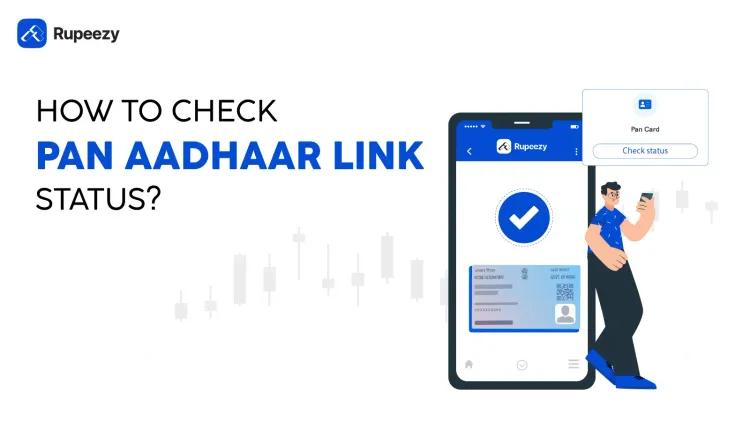Remembering Manmohan Singh: Architect of India's Economy


00:00 / 00:00
Today, the country mourns the loss of Dr. Manmohan Singh, who served as India’s Prime Minister between 2004 and 2014. He also held other important roles in his career, as Chief Economic Adviser in MoF, member of the Planning Commission, RBI Governor, secretary general of South Commission headquartered in Geneva, adviser to the Prime Minister on economic affairs, chairman of UGC (University Grants Commission) and Finance Minister.
Dr. Manmohan Singh, far apart from a typical politician’s persona, leaves behind a rich legacy as an economist, reformer and a statesman. His government launched far reaching initiatives and reforms in the economic and political sphere that continue to impact our lives.
Early Life and Education
Dr. Manmohan Singh, a distinguished academician, and a visionary economist, was born in undivided India in a Punjab village with humble beginnings, worked hard to find his way in the field of Economics from Panjab University and further to an Honours degree in Economics from University of Cambridge and Doctorate from Oxford.
Impact on Nation
Dr. Singh, known as the architect of economic reforms, changed the course of India’s economy with sweeping bold reforms when he was appointed as the country’s Finance Minister by then Prime Minister Narasimha Rao.
1991 Financial Crisis
In 1985, through the Gulf crisis, oil prices skyrocketed and India’s import bill ballooned with no funds to purchase oil and cover imports. The foreign reserves shrunk and NRIs started to withdraw their foreign deposits from the country, while the global banks denied further loans. The fiscal deficit touched 8.5% of GDP.
When the country was on the verge of bankruptcy, then PM Narasimha Rao brought polite yet astute economist Dr Manmohan Singh as Finance Minister to tackle the impending crisis.
Upon taking charge, Dr. Manmohan Singh held a meeting with the Opposition to apprise of the situation that an emergency debt was taken from IMF to tide over the crisis by holding the country's gold reserves as collateral.
In the coming days, Dr. Singh announced tough measures to liberalise the economy and spur much needed growth in a heavily controlled and inward looking economy.
Dismantling Licence Raj:
Pre liberalization, government controlled business through complex permits, licences and rules that choked private businesses and slowed economic growth. Many such controls and licences were abolished, nipping corruption and red tape.
Dr. Singh initiated the delicensing of almost 80% of the industrial sector. Government allowed foreign investors to hold a majority share in their Indian subsidiaries. At the same time, Indian companies were allowed to raise funds globally.
Currency Devaluation:
The rupee until then operated at a fixed exchange rate that was overvalued. The currency was devalued to a common floating rate defined by the market and made exports competitive. Rupee current account convertibility was allowed in the same period.
Trade Liberalisation:
Import licensing was abolished and replaced by marketable incentives through Exim scrips that allowed exporters to earn foreign currency. This move eliminated bureaucratic red tape and wide corruption in granting licences.
Dr. Singh dismantled the complicated import control regime allowing raw materials, components, capital goods to be imported freely without heavy government restrictions.
Customs duties were reduced from 200% to 40%.
Disinvestment:
In select PSUs, up to 20 per cent of its equity divestment was allowed, to enable mutual funds and financial institutions in the public sector to invest.
Banking Reforms:
Government reduced the high reserve requirements of banks and interest rates on government securities allowed to be market dependent.
Fiscal Reforms:
A limit on government borrowing from the Reserve Bank was placed and capital markets were opened up to international portfolio investors.
Stock Market Reforms:
Screen-based trading on the stock markets was introduced and dematerialization of shares was launched. As businesses thrived and foreign investors viewed India positively, stock markets prospered.
Foreign Direct Investment:
The Foreign Investment Promotion Board was set up to promote quick clearances.
In the immediate years, the reforms began to show positive changes in the economy.
The fiscal deficit came down from 8.5% of GDP in 1990-91 to 5% in 1992-93.
Foreign exchange reserves went up from USD 1 billion in 1991 to USD 20 billion.
Inflation came down from 13% to 6% by 1993.
Foreign investment went up from USD 150 million to USD 3 billion by 1997.
Other Key Initiatives
During his term, the Right to Information Act was passed in 2005 that allowed citizens the right to seek information & ask questions from the government and its vast and usually opaque system of governance and bureaucracy. RTI is a potent tool for citizens to bring in efficiency and erudite corruption.
Right to Education: The Right of Children For Free and Compulsory Education Act for free education to children between 6 and 14 years of age came into force in 2009, a key move to make basic education a fundamental right for all children in every corner of India.
Sarva Siksha Abhiyan: Government under Dr. Singh’s leadership continued the mission for education for all and introduced highly successful mid day meals and new schools in rural areas.
NREGA: The National Rural Employment Guarantee Act was passed in 2005 which guaranteed a minimum 100 days of employment to rural unskilled labourers to promote financial inclusion and security for the poor and economic upliftment in rural areas.
Aadhar Project: Under Dr. Manmohan SIngh’s leadership, a unique Aadhaar scheme was launched to bring reachability to every citizen to deliver social sector schemes efficiently to the last mile and programs to promote financial inclusion.
National Rural Health Mission: In 2005, health ministry in Dr. Manmohan Singh’s government introduced rural health mission to provide better medical care in rural areas and reduce infant and maternal mortality.
Indo-US Nuclear Deal: In 2008. India and the US signed a landmark nuclear cooperation deal led by Dr. Manmohan Singh and US President George Bush resolved India’s nuclear isolation by lifting the moratorium in force for over three decades between the countries. The deal brought global credibility to India as a heavy weight and a responsible nuclear nation.
A few months before his passing, Dr. Singh said that he did the best he could as prime minister.
“I honestly believe that history will be kinder to me than the contemporary media or, for that matter, the opposition parties in parliament,” he said.
We believe, as a nation, we will always be grateful to the gentleman Prime Minister who changed the future of the country for generations to come.
The content on this blog is for educational purposes only and should not be considered investment advice. While we strive for accuracy, some information may contain errors or delays in updates.
Mentions of stocks or investment products are solely for informational purposes and do not constitute recommendations. Investors should conduct their own research before making any decisions.
Investing in financial markets are subject to market risks, and past performance does not guarantee future results. It is advisable to consult a qualified financial professional, review official documents, and verify information independently before making investment decisions.

All Category










